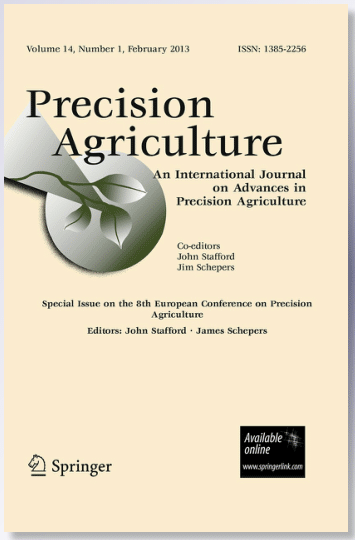Accurate, non-destructive forecasting of carrot yield is difficult due to its subterranean growing habit. Furthermore, the timing of forecasting usually occurs when the crop is mature, limiting the opportunity to implement alternative management decisions to improve yield (during the growing season). This study aims to improve the accuracy of carrot yield forecasting by exploring time series and multivariate approaches. Using Sentinel-2 satellite imagery in three Australian vegetable regions, we established a time series of carrot phenological stages (PhS) from ‘days after sowing’ (DAS) to enhance prediction timing. Numerous vegetation indices (VIs) were analyzed to derive temporal growth patterns. Correlations with yield at different PhS were established. Although the average root yield (t ha−1) did not significantly differ across the regions, the temporal VI signatures, indicating different regional crop growth trends, did vary as well as the PhS at when the maximum correlation with yield occurred (\(PhS_{{R2_{max} }} )\) with two of the regions producing a delayed \(PhS_{{R2_{max} }}\) (i.e. 90–130 DAS). The best multivariate model was identified at 70 DAS, extending the forecasting window before harvest between 20 to 60 days. The performance of this model was validated with new crops producing an average error of 16.9 t ha−1 (27% of total yield). These results demonstrate the potential of the model at such early stage under varying growing conditions offering growers and stakeholders the chance to optimize farming practices, make informed decisions on selling, harvesting, and labor planning, and adopt precision agriculture methods.


